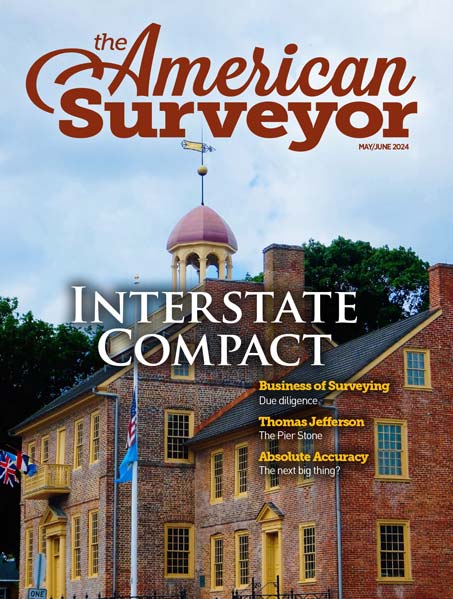05/15/2006 The LSU Center for GeoInformatics hosted the kick-off meeting Friday to introduce “A Plan for Development of An Accurate and Sustainable System of Elevations in South Louisiana.” Accurate elevations will permit proper engineering and construction of flood control and hurricane protection projects, including base flood elevations for homes to building levees to their planned heights.
Representatives from the surveying community and South Louisiana parish officials gathered in the Vieux Carré Room at the LSU Union Building united in a desire to learn how to provide accurate elevations to their constituents. Dignitaries present included Gary Zimmerer, Civil Engineer, Mitigation Division, FEMA Region VI, David Zilkoski, Director of NOAA/NGS. “We’ve pulled together those people with the needs, the funding and the ability to establish a sustainable vertical system for Louisiana, and today you will hear how,” said Dr. Roy Dokka, Director of the Center in his welcoming comments.
FEMA provided the means justified by the tens of millions of dollars to be saved in base flood elevation certificates alone. NOAA/NGS is responsible for establishing and verifying locations and elevations within the National Spatial Reference System. LSU C4G as a member of University NAVSTAR Consortium (UNAVCO) established a network of Continually Operating GPS Reference Stations (CORS) called GULFNet, which also provides control references for surveyors. This is an important benefit because in 2001 NOAA/NGS declared the reference benchmarks in Louisiana unreliable.
The program began with comments by Mr. Zimmerer about the importance of the project to FEMA and the citizens of Louisiana followed by Mr. Zilkoski who reminded those present that he has been interested and involved with elevations in Louisiana since the early 1980’s. Ronnie Taylor of NOAA/NGS described in more detail how the project would proceed from east to west using GPS and new software programs at NOAA/NGS to process the data.
Following lunch Tony Cavell, PLS of LSU C4G conveyed the need for parish participation and the need to cut any local red tape for the success of the project. “In a nutshell, you have the key,” he told the audience. “FEMA saw the need and funded NGS and C4G to execute this project, but it can’t succeed without your help.”
Denis Riordan, State NGS Advisor, explained some of the techniques and procedures required of surveyors to achieve the desired results. He distributed maps showing proposed benchmark locations.
The LSU Center for GeoInformatics has offices located on the second floor of the Engineering Research and Development Building on South Stadium Drive. GeoInformatics is a science which develops and uses information science infrastructure to address the problems of geosciences, geodesy, land surveying and related branches of engineering. In 2001 the Louisiana Spatial Reference Center was founded at LSU C4G with a congressional grant through NOAA/NGS to establish a network of high precision GPS reference stations throughout Louisiana. This network called GULFNet, is the continuously operating reference stations (CORS).
For more information, contact J. Anthony Cavell, PLS, Associate Director at 225-LSU-4LSU (578-4578).
